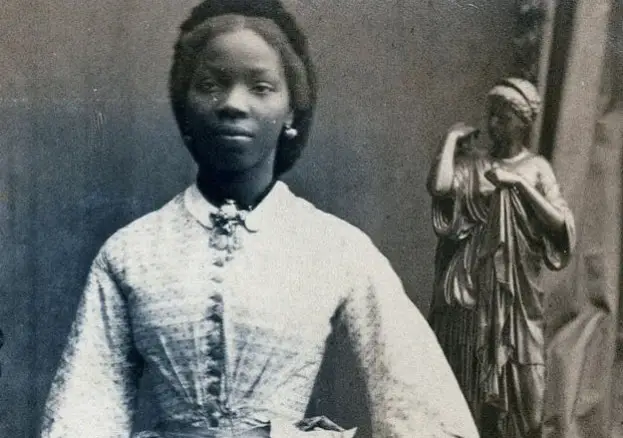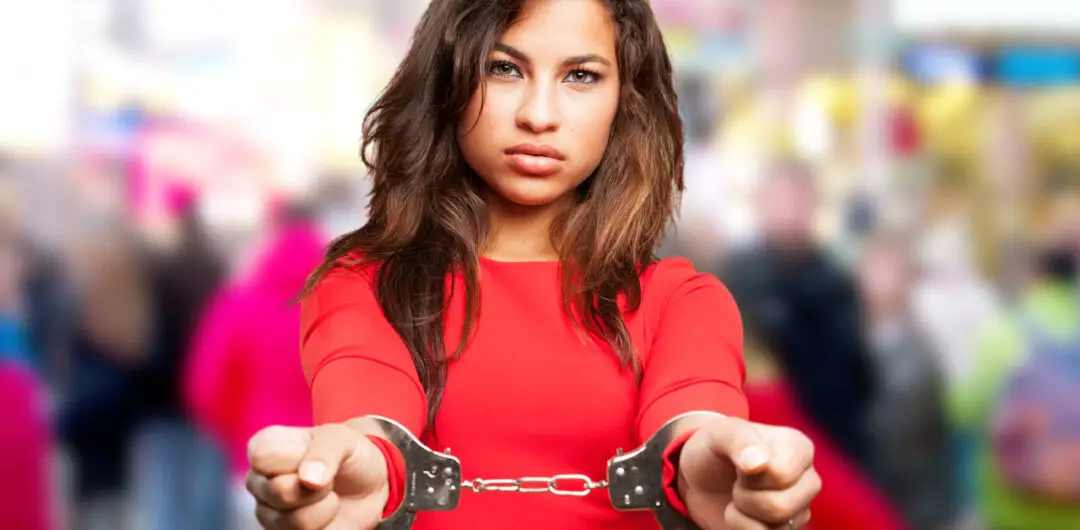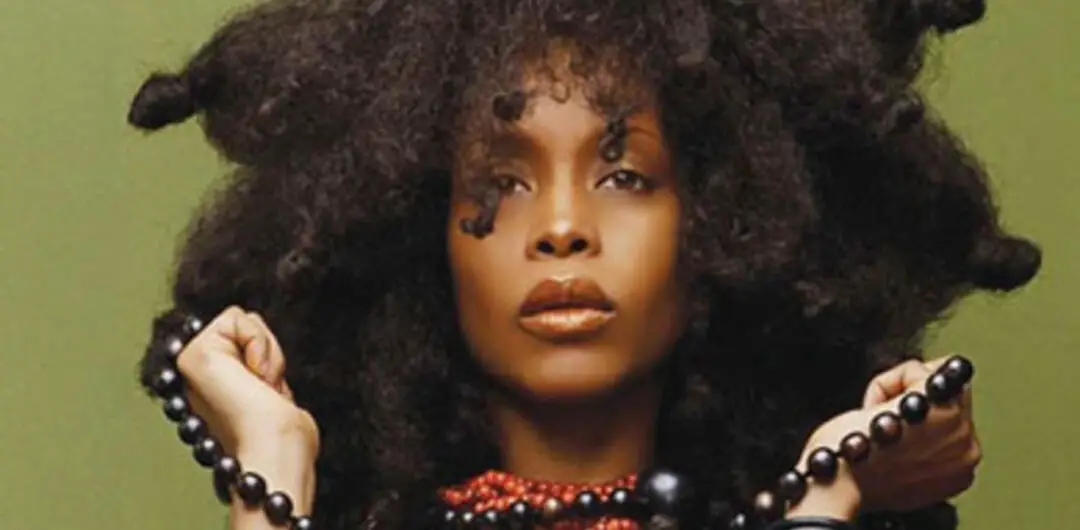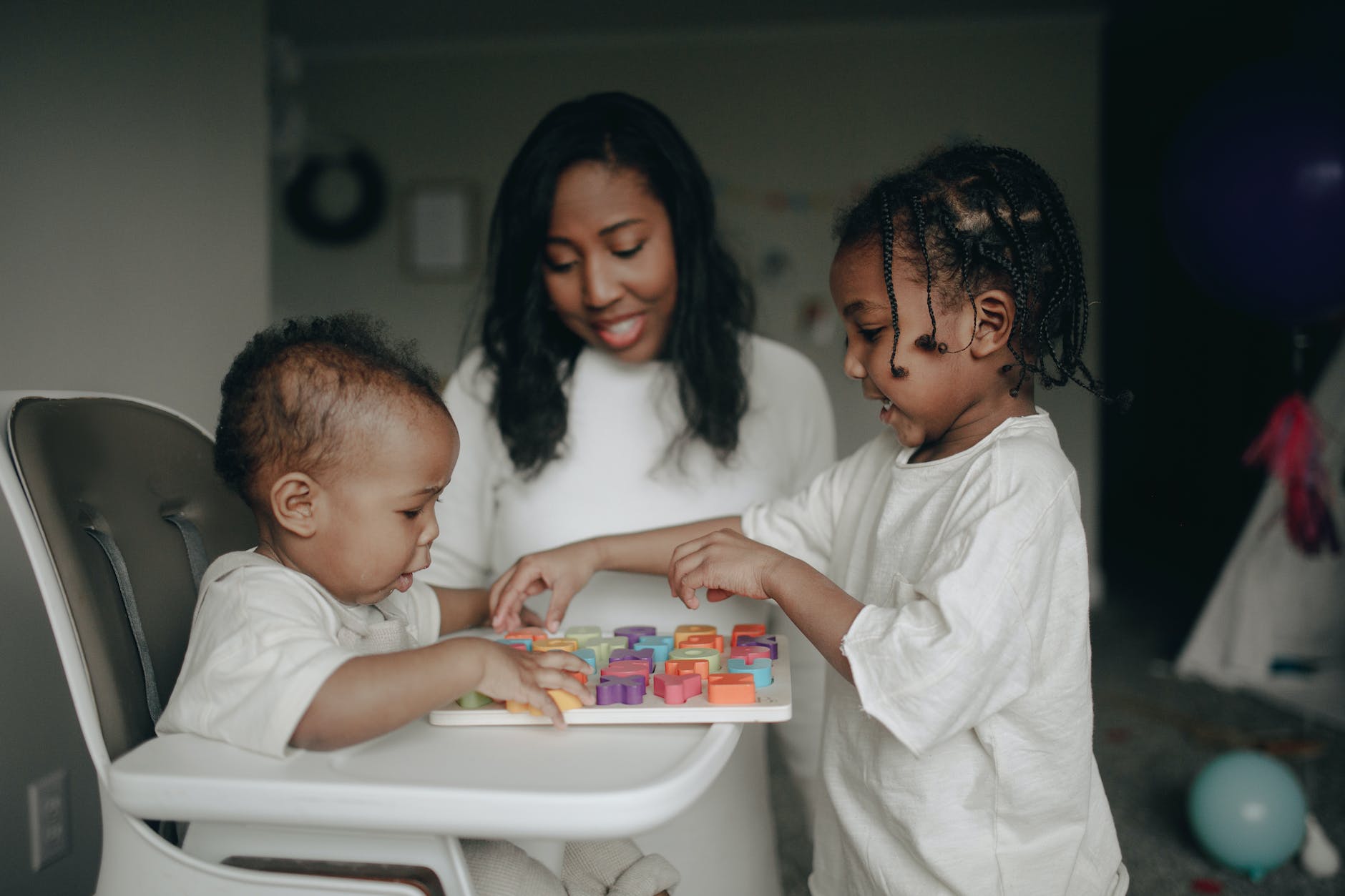For centuries, black girls in America have faced an uphill battle against societal norms and beauty standards that propagated the idea that their natural hair was undesirable. This bias was perpetuated through various means, leading many black girls to internalize a sense of shame and self-hatred towards their hair. As a result, a burgeoning industry of hair products and extensions specifically targeted towards black women emerged, capitalizing on their insecurities. This article delves into the historical roots of this issue, exploring the cultural, social, and economic factors that have contributed to black girls becoming one of the biggest consumers of hair products and extensions.

Sarah Forbes Bonetta Davies, a West African Yoruba girl, was captured by the King of Dahomey in 1848 during a “slave-hunt” war in which her parents were killed.
The Historical Perspective: Slavery’s Impact on Black Hair Perception
To comprehend the origins of the problem, we must look back to the era of slavery in America. Enslaved Africans were systematically stripped of their cultural heritage, including traditional hair practices that held deep spiritual and communal significance. Slave owners imposed Eurocentric beauty standards on black individuals, which often included straight hair. The natural hair texture of black people was viewed as primitive, unkempt, and unattractive.
This conditioning of inferiority in terms of hair persisted long after the abolition of slavery. As America moved into the Reconstruction and Jim Crow eras, black people’s hair became a powerful symbol of resistance against racial oppression. However, society’s deep-rooted prejudices continued to manifest in everyday life, leading to the suppression of natural black hairstyles.
Media Representation and Influence
The media has played a significant role in perpetuating harmful beauty ideals, particularly through advertisements, television shows, and movies. Eurocentric beauty standards were presented as the norm, while natural black hairstyles were rarely seen or celebrated. This lack of representation reinforced the belief that straight hair was the epitome of beauty, further marginalizing black girls.
Throughout the 20th century, even as the Civil Rights Movement gained momentum, the media’s portrayal of black beauty remained biased. Magazines and commercials continued to promote hair products and extensions that aimed to mimic European hair textures, leaving black girls with limited options for self-expression.

Social Pressure and Assimilation
Social pressure also played a significant role in influencing black girls’ perceptions of their hair. In schools and workplaces, hairstyles associated with black culture, such as braids, dreadlocks, and afros, were often considered unprofessional or unruly. As a result, many black girls felt compelled to conform to Eurocentric beauty norms to fit into society, further distancing themselves from their natural hair.
The Emergence of the Hair Industry
The hair industry recognized the potential of this untapped market. With an audience of black women desperate to conform to societal norms and find acceptance, a lucrative market emerged for hair products and extensions. Companies marketed relaxers, hair-straightening treatments, wigs, weaves, and extensions as solutions to the “problem” of natural black hair, promising beauty, acceptance, and success.
This shift towards consumerism further entrenched the idea that natural black hair was undesirable and unmanageable. The billions of dollars spent by black women on hair products and extensions each year have perpetuated a cycle of dependency on these products, making it challenging for some to embrace their natural hair.

The Natural Hair Movement: A Shift in Paradigm
Despite the systemic pressures to conform, a grassroots movement began to emerge in the late 20th and early 21st centuries. The Natural Hair Movement sought to challenge the societal norms that dictated beauty standards for black women. Through social media platforms, black girls found a space to celebrate and embrace their natural hair, connecting with others who had similar experiences.
The movement promoted self-acceptance and self-love, encouraging black girls to embrace their natural hair textures without feeling ashamed or inferior. Celebrities, influencers, and public figures played a crucial role in this movement, using their platforms to showcase their natural hair and redefine beauty on their terms. I’ve documented my own personal hair story in my book called – Embracing Empress, get your copy and let me know how you feel.

In Conclusion
The journey of black girls in America and their relationship with their hair has been long and complex. Centuries of historical conditioning, coupled with media representation and societal pressures, have fueled a thriving hair industry that capitalizes on the insecurities of black women. However, the rise of the Natural Hair Movement signifies a significant shift in attitudes, empowering black girls to embrace their natural beauty and challenging the long-standing narrative that once dominated their lives.
As we move forward, it is essential to continue promoting inclusivity and diversity in beauty standards, both in the media and within society as a whole. Embracing natural black hair as a symbol of pride, strength, and identity can help break free from the shackles of consumerism and foster a society where every individual’s unique beauty is celebrated and appreciated.
Colossians1:16 – For by him were all things created, that are in heaven, and that are in earth, visible and invisible, whether they be thrones, or dominions, or principalities, or powers: all things were created by him, and for him:



